Cox Automotive Experience
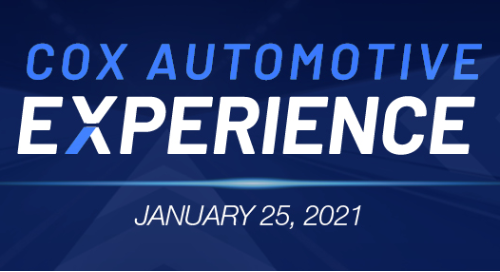

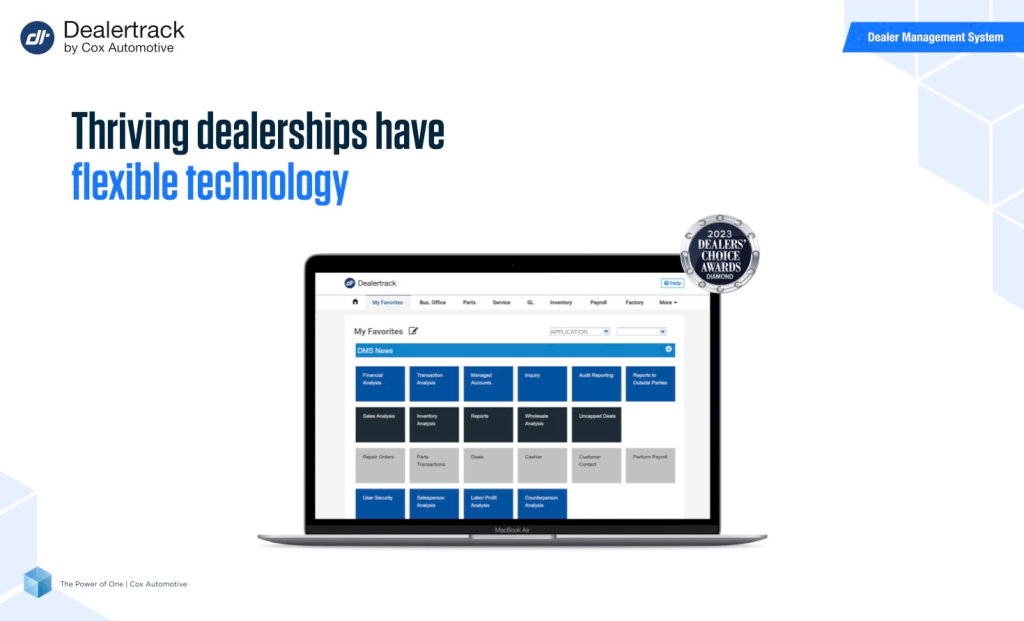
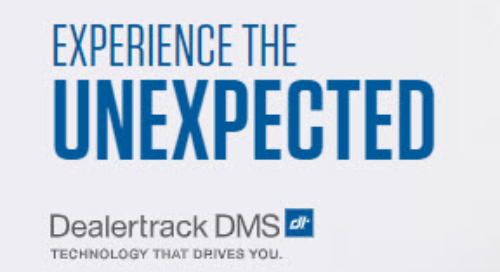

This article is authored by our partners at Hireology, the automotive experts providing HR Solutions for Dealertrack DMS.
Focusing on your employee experience during onboarding keeps employees engaged and sets them up for long term success. During difficult times of economic and personal turmoil — such as a global pandemic that’s turned the world upside down — this approach becomes all the more essential.
Now more than ever, your team members need to feel supported. New employees rely on their onboarding experience to set them up for success in their daily roles, but also expect a sense of welcoming at their workplace, even if they are remote.
The first 90 days of the employment lifecycle is the most important, and poor onboarding can result in high turnover, which can present an incredibly large financial burden on your dealership. Replacing an employee can cost anywhere from 100-300% of the individual’s salary.
Adam Robinson, Hireology’s CEO and Co-founder, knows that an employee-first approach is what makes a business successful. “People are your product, and it’s not possible to win without that being true,” said Adam. Here are some tips on ramping up your employee experience in onboarding and beyond.
69% of employees that receive effective onboarding are more likely to stay with an employer for at least three years, so delivering a quality onboarding experience has the ability to impact your business for years to come. Here’s how to ensure your onboarding process puts your employees first.
Just because your new hire isn’t yet in your office doesn’t mean you can’t begin the onboarding process. You want the experience when they are physically in-person to be as engaging as possible, so send their paperwork and tax forms ahead of time. Digital paperwork also helps your HR team keep track of each document much easier — especially with a hiring platform like Hireology that integrates with your other HR platforms like your payroll and scheduling software, which eliminates the need for manual re-entry.
It’s an intimidating time to start a new job, especially in remote roles, so make sure your team makes new hires feel as welcome as possible. Announce their arrival in all-company meetings, instruct team members to reach out for some one-on-one time for getting to know each other, and give them some personalized company merchandise like a shirt, hat, or water bottle that they can sport with pride. This will put your new employee at ease and show them that they’ve made the right decision in coming to work at your dealership.
Hours upon hours of dull presentations won’t keep anyone’s attention for long, so in order to make onboarding as engaging as possible, you’ve got to switch it up. Have different employees host different sessions, create interactive periods or “Ask me Anything” sessions with your executive team, or host a new hire lunch with individuals from different departments.
Encourage interaction as much as possible, and make sure to cover all the fun parts about your company, too. Cover what makes your company great in a normal world and the craziness that is 2020 — showcase any initiatives your dealership has done to keep your team connected or any above and beyond efforts you’ve done this year.
Have managers set up time to check-in with new employees throughout their first few weeks. This will give new hires the opportunity to give feedback on their onboarding progress, as well as ask any lingering questions they may have. There’s a lot to learn in the first few weeks of onboarding, so making sure the content is sticking is an important step to ensuring your employees are set up for success.
LinkedIn holds hiring managers accountable for the continuation of onboarding efforts beyond a new hire’s first day, so take a page out of their onboarding book and require your managers to continue the check in process throughout the employee lifecycle.
Demonstrating to your employees that they are your most critical business asset will keep them from jumping ship, and the perfect time to start is during their onboarding process. Hireology was designed to transform the way retail automotive dealerships hire and onboard their team. If you’re interested in learning more about Hireology’s people-first strategy to hiring and onboarding, you can schedule a free demo here.
Join us at Cox Automotive Experience — Reserve your spot today — and be surprised by what you can accomplish with the partners.
 Chelsea is a content strategist at Hireology. She moved to Chicago from Texas in 2017, and has since worked in content creation roles at other SaaS companies with the intention of creating thoughtful, industry leading materials. Chelsea attended Texas State University with a major in Journalism and a minor in English.
Chelsea is a content strategist at Hireology. She moved to Chicago from Texas in 2017, and has since worked in content creation roles at other SaaS companies with the intention of creating thoughtful, industry leading materials. Chelsea attended Texas State University with a major in Journalism and a minor in English.

Having trouble filling all the roles at your dealership? Then why are you ignoring the millions of applicants who want to work at your dealership? That might sound dramatic, but according to a report from the hiring and software consultants at Hireology, more than 11 million people applied for jobs at dealerships last year and were completely ignored or overlooked. So why is it still so difficult to find and keep top talent in the roles at your dealership? And, what can the technology driving your business do to help? Here’s what we’ve uncovered:
The figure mentioned above refers to pre-pandemic levels of job seekers who wanted to work at businesses in the auto industry. Back then, the unemployment rate was low. According to the Bureau of Labor Statistics, as of October this year, the unemployment rate is hovering around 7.9%. While that figure is improving, there are other factors that complicate the automotive industry. Record low vehicle inventory, high jobless claims, and auto loan delinquencies could signal the perfect storm for next year. And, according to Cox Automotive chief economist Jonathan Smoke in this article, “I think we’ve had a false sense of security that we are out of the woods.”
When it comes to building the right team at your dealership, connecting the right people, tools, and processes is key. That’s according to Dealertrack DMS VP of Service and Support Mandi Fang. According to a Cox Auto Consumer and Dealer Survey, 75% of dealerships have adopted digital retailing within the past six months. Fang notes that this remarkable figure shows that “dealers across the country are building better digital retailing programs to reach, connect, and accommodate their consumers.” And, she notes, dealers should be actively hiring and recruiting candidates who are interested in working in an environment where they have the opportunity to work on digital technologies like the CRM, digital retailing, DMS, and others.
Ideally, any problem that can be measured can be analyzed, broken down, and then fixed. We now know that the number of people looking to join the team at your dealership is, in fact, growing. And, you know that building a more digitized sales and service experience at your dealership creates an opportunity to attract a more tech-savvy workforce. So, what’s the next step? According to the 2020 State of Hiring Report from the experts at Hireology, it’s now time to speed up your job applicant review process. In that report, data shows it takes 54 applications on average to make a hire at most dealerships. Yet, many applicants can go weeks without having their resume or application reviewed. By simply committing to a 24 hour application review process, your hiring managers can reduce the process from 14 days to just 9. This hiring velocity metric is simple, measurable, and will result in actual profitability for your business.
Don’t miss out on the millions of millennials actively seeking out opportunities to work at your dealership. Now that your digital dealership is up-and-running smoothly, put the right people in place.

Hiring the right people for the right roles makes all the difference. The business of selling and servicing cars is a people business, first. That’s because people impact profits. In an interview with Automotive News, Adam Robinson, CEO of Hireology, a hiring software provider and consultant, said the “difference between a mediocre dealership and a great dealership is the strength of its people.” Yet, filling the roles at your dealership has always been a challenge. As recently as 2016, the turnover rate for automotive dealerships was as high as 43%, according to an NADA Workforce Study. Fast-forward to today, and your dealership is facing a whole new set of staffing challenges. Record unemployment, restructuring, and new technology makes finding new talent tricky. Building your dealership’s dream team is possible. But you’re going to need to change your approach. Here’s how to get started.
The saying goes, “If you build it, they will come.” We’re talking about your career page, that is. That’s because, according to Hireology’s State of Hiring 2020 Report, applicants who apply directly to your career site are more likely to get hired. In fact, 44% of all hires, and 57% of career site applicants are considered top candidates. Consider that people who already want to work at your dealership are already on your site and looking for open positions. When was the last time you updated your career page? Do you have employee testimonials on this page? Can candidates easily find your company values and mission statement? If not, it shouldn’t be a huge lift, and it will go a long way.
As you adjust to new buying behavior, you should also adjust your expectations for new hires. If, previously, sales and customer service experience was required, or even a basic understanding of your Dealer Management System (DMS), consider a change. Try listing experience in technology, online retail, or software management in your job post. With so much of your business taking place online, it’s time for a new mindset.
At the start of April 2020, many dealerships faced the difficult decision to furlough or layoff workers due to COVID-19. While most have been able to recover, rebuilding your workforce will take some time. According to a Cox Automotive COVID-19 Dealer and Consumer Sentiment Survey, 57% of people are still extremely concerned about the virus. Your ability to conduct in-person interviews may still be impacted for some time. You can still find the right talent to fill open positions at your dealership as long as you invest in a multichannel strategy. That’s according to the State of Hiring Report from Hireology who say “dealerships with diverse sourcing channels increase their quality applicants by 62%.” And, they claim, don’t rule out mobile ads in your approach. 80% of Facebook’s 2 billion users only have a mobile phone proving just how important mobile-first experiences can be for job seekers.
Business at your dealership has changed. From e-contracting, to virtual showrooms, to Sales Pick-up and Delivery (SPUD) and virtual check-ins, your business is now running as much (or more) online as it is in-person. As you look to fill positions, consider the opportunity to rethink the way your team works. As Director of Business Development for Dealertrack DMS, Tyler Anderson, points out in this article, “connecting the right people with technology and timely data is the winning combination that, I believe, will bring dealers through these tough times. I’ve seen several OEMs take the lead by hiring higher caliber sales people who are able to carry the sales process from beginning to end, and with fewer hand-offs.” The omni-channel approach to sales is now possible to many dealers thanks to more fully integrated technology. With fewer logins, less friction, and more systems working together, your staff can function at a higher level.
Your dealership looks different. But, change is nothing new to the automotive industry. As you continue to shift and grow, your staff will grow with you. With the data from industry experts, surveys, and our dealer partners, we hope your team continues to thrive this year and many more.

When it comes to making smart strategy decisions for your dealership, there are two key areas of focus you can’t ignore: staffing and process. You’re likely investing in better technology. And, you’re building a better customer experience, focusing on digital retailing and virtual sales and service options. In fact, by the end of 2020 and heading into 2021, your dealership has done (and is doing) so much to overhaul the way your business runs, you might not even look like the same dealership anymore. But, here’s why optimizing human capital management and developing process improvements that drive operational efficiencies will help you level-up your dealership’s game-plan.
“Even before the pandemic, employee turnover was cited as a major problem and a pain-point for dealerships. Twenty-percent of dealership staff said they were likely to look for another job in the next six months.” – Tyler Anderson, Dir. Business Development, Dealertrack DMS.
Between hiring, onboarding, training, and remote-work management, dealerships are facing difficult challenges within the people-side of the business. Some of these issues are hardly new, while others are unique to the current changes taking place to the retail environment. “Even before the pandemic (according to a Dealership Staffing Study), employee turnover was cited as a major problem and a pain-point for dealerships,” says Tyler Anderson, Director of Business Development for Dealertrack DMS. “Twenty-percent of dealership staff said they were likely to look for another job in the next six months.” The problems for dealers and their staff are often deeply rooted within the varying technologies and systems that employees must constantly learn, and re-learn, on the job. Anderson notes, in a recent webinar, that dealership employees often face redundant entry points for data between multiple, disconnected solutions creating the opportunity for manual errors. By bringing together best-in-class technologies and fully integrating your dealership’s human resource and payroll solutions, is a giant leap in the right direction. (Watch the full webinar below to learn how companies like Netchex and Dealertrack are working together to offer new, integrated solutions.)
“In the midst of these transformations, dealerships still have to manage these processes—quite frankly—to succeed. Or, they’re going to fail…Reporting doesn’t go away, it becomes paramount.” – Randy Wilson, Dir. Performance Management, Dealertrack DMS
Among the many changes dealerships have seen this year are the various services offered to customers who don’t want to visit your store in-person. In fact, according to a Cox Automotive COVID-19 Consumer and Dealer and Impact Survey, two out of three buyers would prefer to complete 100% of the buying process online. Between online shopping and the need for remote service options, dealers are reinventing their standard operating procedures. This means that new team members, returning staff, and training standards must all be re-calibrated to keep your business running smoothly. “Leveraging your technology is crucial to your success,” explains Randy Wilson, Director of Performance Management at Dealertrack DMS. Wilson’s team of Performance Managers work one-on-one with dealer partners and oversees the rapid digital transformation that has taken place this year. But, Wilson cautions, without establishing process improvements to achieve operational efficiency, your dealership’s new online business model could be in peril. “In the midst of these transformations, dealerships still have to manage these processes—quite frankly—to succeed. Or, they’re going to fail…Reporting doesn’t go away, it becomes paramount,” says Wilson.
To learn more about Dealertrack’s integrated Payroll, powered by Netchex and Performance Management for DMS, watch the recorded webinar below.
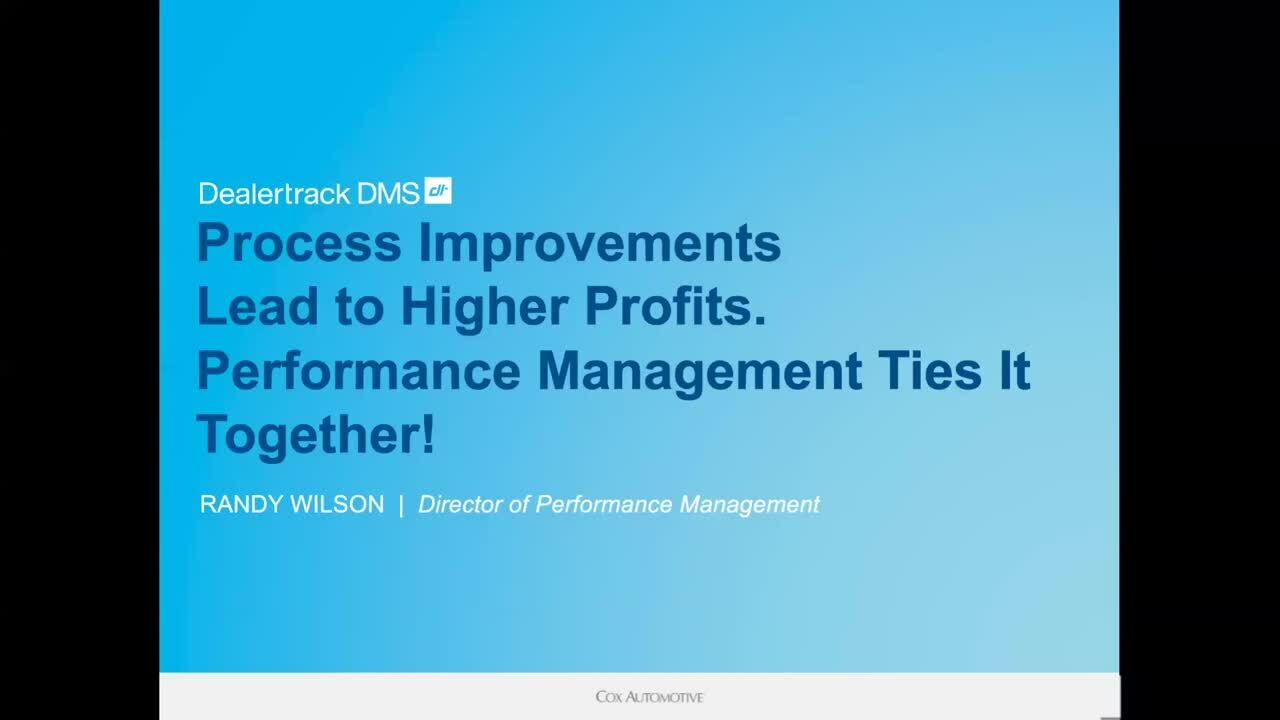
Sources:
2020 Cox Automotive COVID-19 Consumer and Dealer Impact Study
2019 Dealer Impact Study: https://www.coxautoinc.com/learning-center/2019-dealership-staffing-study/

2020 has continued to teach our industry important lessons and has caused us to think and rethink just about everything. Navigating the changes the past seven months hasn’t been easy, and we’ve relied heavily on data to inform, educate, and inspire us through a nation-wide shutdown and a significant digital retailing shift that has changed how we’ll do business forever. I had the opportunity to speak with Hireology’s CEO and Co-founder, Adam Robinson in a live discussion, where we explored the implications from that data and how many dealerships are not only coping, but improving upon their expectations. My research includes insights from recent Dealer Advisory Board sessions, as well as bi-monthly Cox Automotive COVID-19 Consumer & Dealer Sentiment surveys. While the following list doesn’t include all of our team’s findings, it does outline three major opportunities learned thus far in 2020. (Check out the full webinar to learn more.)
In the September Cox COVID-19 sentiment survey, 57% of the people surveyed were still extremely concerned with contracting COVID. Many dealerships are still seeing low foot traffic in their stores as buyers are doing the majority of their car shopping online. That same study also reports that up to 75% of franchise dealers have adopted some form of digital retailing. In fact, there has been a 70% rise in vehicle sales and a 74% rise in service. That’s remarkable, and we believe this is a testament to dealers across the country building better digital retailing programs to reach, connect, and accommodate their consumers. The big lesson you should take from this is that the changes you’ve made to reach your buyers remotely were not—and should not be considered—temporary.
The Cox COVID-19 impact survey reported that two out of three buyers would prefer to complete one-hundred percent of the buying process online. That means offering flexibility in your dealership’s shopping process and providing a way for the third—who still prefers to kick the tires in person—to do that. You should be actively hiring and training team members who can reach a public who is still very much interested in this new method of buying and servicing vehicles. Many of the dealers we spoke with in our Dealer Advisory Board sessions reported the need to rethink their entire sales operations, release old-school thinking, and hire people focused on the consumer experience who understood technologies like the CRM, Digital Retailing, and others.
Cox has continued to create new products and integrations, as well as enhancing critical integration points between core systems like Dealertrack DMS and VinSolutions throughout the year to give you better data-driven insights, tools to advance your digital retailing strategies, and insight into potential buyers. By reducing the friction-points between the technologies your team relies upon to service your customers—whether in the service department, financing, or on the (virtual) sales floor—your dealership staff can provide an optimal customer service experience, whatever that looks like.
I’ll say it again, the impact of COVID-19 has and will continue to influence the behavior of both car-buyers and service customers. It will continue to demand changes in your processes from generating leads to adding or modifying the dropoff and pick up services you offer. You’ve shown how agile you can be as you’ve changed and created new processes over the past six to seven months to respond to COVID-19 and your customer’s needs. So while it feels like so much in our world continues to change, one thing remains certain: your ability to meet your customers’ needs inspires us to help you grow.
About the Author
 Mandi Fang
Mandi Fang
VP Dealer Service and Support—Mandi Fang is the Vice President of Dealer Service and Support at Dealertrack DMS. She brings with her a wealth of experience from DMS and vAuto, working closely with key internal and external stakeholders to prioritize and pursue product initiatives that advance business goals for clients and the Cox Automotive Retail Solutions Group. In 2016, Mandi was recognized as one of Auto Remarketing’s Women in Remarketing and received the Spirit of Leadership Award from Women’s Automotive Association International.
Prior to Cox Automotive, Mandi successfully held product development, management, customer relationship and sales roles with automotive industry leaders Reynolds & Reynolds and Digital Motorworks, earning multiple awards for her service. Mandi received her Bachelor of Arts in communications from Morehead State University. å
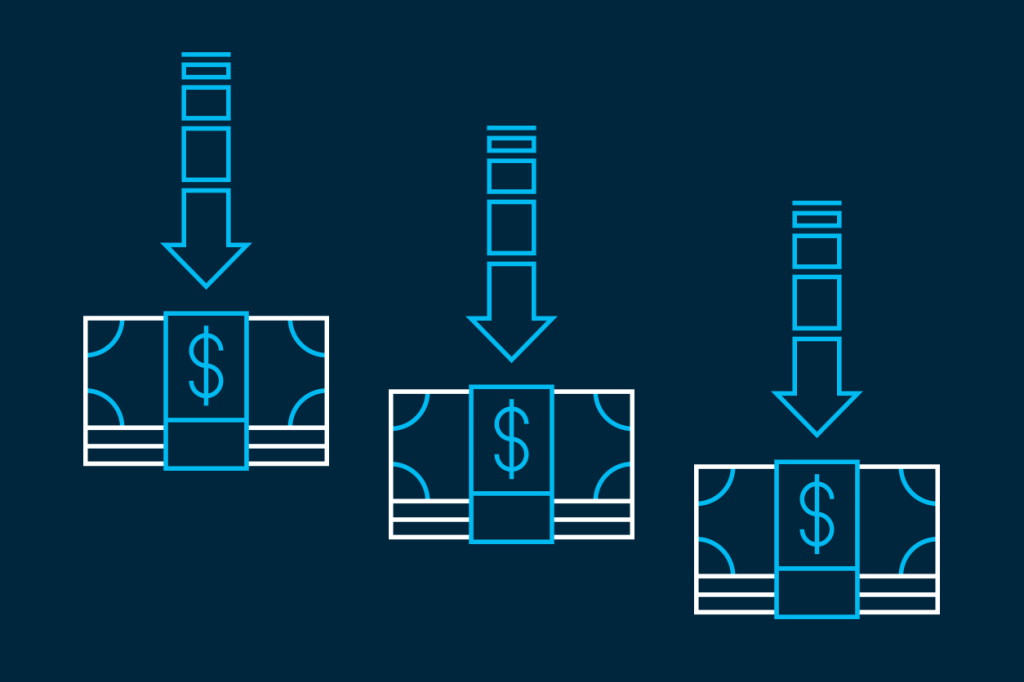
Margin compression is an ongoing problem in the auto retail industry. But at least it’s somewhat predictable. Margin compression almost always accompanies economic slowdown—when economic times get tough, profit margins usually start to slim. You might have even seen some of the telltale signs of margin compression at your dealership in recent months—customers taking longer to purchase cars, fewer cars sold, more discounts, and worst of all, less profit per car sold.
As margin compression creeps back into the auto retail industry once again, there are ways your dealership can combat its profit-slimming impact. One of the most important ways you can do this is to focus on process improvements and implement technology to find hidden advantages, opportunities, and areas of improvement.
When it comes to implementing new technology to combat margin compression, the natural starting place is the DMS—the technology that touches nearly every aspect of your operations. The DMS can show the small details that explain the root causes of shrinking profits specific to your dealership. Because, while every dealership has to deal with the problem of margin compression, every dealership combats that problem are differently, depending on the data.
Look for a DMS that offers ongoing support and resources to help you dig into your data, understand it, and make changes to boost profits. Look for smart software solutions and smart people to help you take advantage of your technology. Look for a DMS that provides access to experienced industry professionals who have seen the ups and downs of margin compression before, and know how to leverage your technology to tell you where to make improvements.
Margin compression demands efficiency. It is a complex, interconnected problem that requires intelligent, integrated solutions. By implementing smart technology solutions that require fewer inputs (in terms of cost and work hours) to achieve the same output, your dealership can create economies of scale. These newfound efficiencies can reverse the profit-slimming effects of margin compression and give you a competitive advantage over other dealers.
A modern DMS can integrate with your dealership’s existing software solutions, resulting in less duplicated work and better, faster inventory turnaround. It also provides real-time data to help your dealership scrutinize each deal and track margins over time. A modern DMS isn’t just a simple management software that works in the background, it’s an active tool to help you gain insights and make changes that impact profits.
Margin compression is a constant problem in the auto retail industry. It comes and goes, and more often than not it overstays its welcome. But your dealership doesn’t have to stick it out and wait for times to improve. You can combat margin compression right now with a modern DMS that helps you stay profitable.
If you’re interested in learning more about combating margin compression, including more about how technology can improve profits, download out our free guide, 7 Solutions to Margin Compression, Strategies for Preserving Dealership Profit Margin.